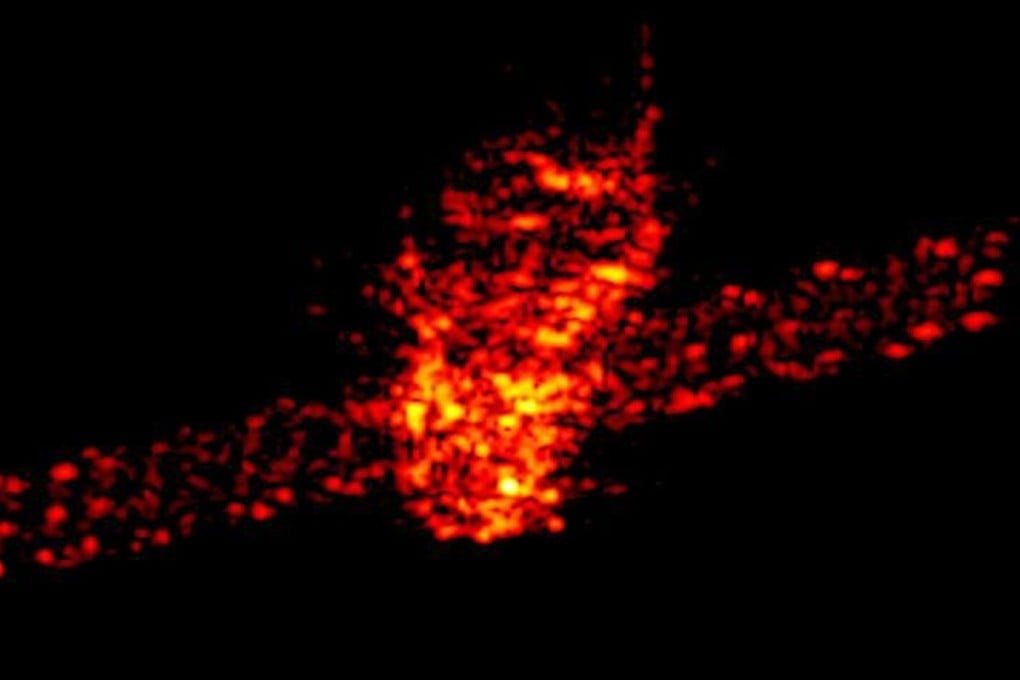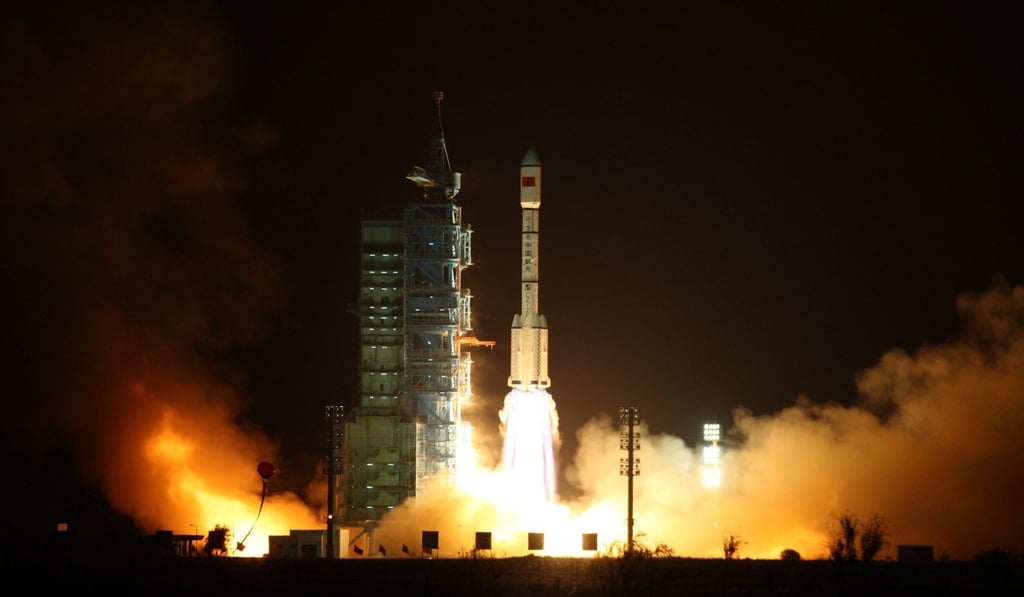China’s first space station Tiangong-1: the story of its life and death
A symbol of the second stage of China’s three-step space strategy outlined in the 1990s, it achieved milestones while being a prototype for its successor

One day after April Fools’ Day 2018, China’s first space station hurtled through the atmosphere. Most parts were burnt up during the process, but parts of it fell into the ocean.
It marked the end of China’s most significant space project, but Tiangong-1 was just the start of its space ambitions coming to fruition.
Since the 1970s, China has had big ambitions for space exploration but lagged behind Russia and the US until President Jiang Zemin gave the green light for a manned space programme in 1992.
When Xi Jinping took power in 2012, he announced plans to turn China into a “space flight superpower” as a top priority for his government.
In the 1990s, China had launched a three-step strategy for its manned space programme. The first step was to send people into space, which it first achieved in 2003 with astronaut Yang Liwei, who orbited the Earth 14 times during a 21-hour space voyage.
Eight years later in 2011, China unveiled its first space station, Tiangong-1 (which means “heavenly palace” in Mandarin).

